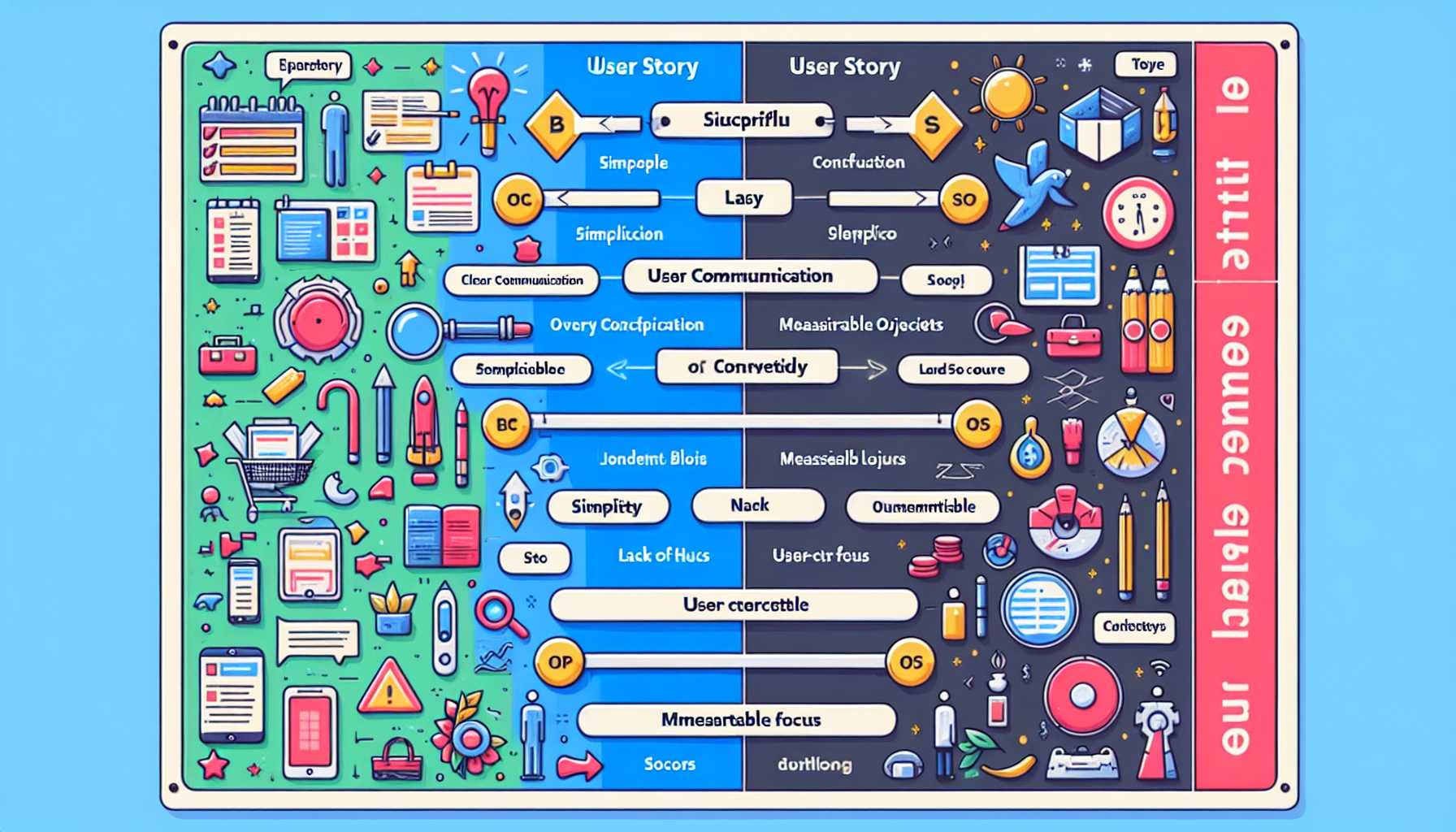The Anatomy of a Successful User Story
In the competitive tech landscape, translating user needs into actionable development tasks is crucial. User stories form the backbone of this translation mechanism, guiding agile teams toward building features that truly matter. This post will dissect the anatomy of a successful user story and share insights from both successes and challenges encountered along the way.
The Foundation of a User Story
A user story is a simple, concise statement that describes a feature from the perspective of the user. It answers three fundamental questions: Who is the user? What do they need? Why do they need it? Crafting a compelling story is both an art and a science.
User-Centered Design
A successful user story is inherently user-centric. Each story should begin with a deep understanding of user motivations, pains, and behaviors. Developing personas and conducting user research are key steps in ensuring that the stories resonate with real-world users and their contexts.
INVEST in Your Stories
The INVEST mnemonic is an invaluable framework. Good stories are Independent, Negotiable, Valuable, Estimable, Small, and Testable. This means each story should be self-contained, open to discussion, deliver value, size-appropriate, and have clear acceptance criteria.
The Role of Acceptance Criteria
Acceptance criteria are the unsung heroes of user stories. They set the boundaries for when a story is considered complete and help prevent scope creep. Precise criteria are essential to align development with business goals.
Collaboration and Co-Creation
The most successful user stories are born out of collaboration. Cross-functional workshops with engineers, designers, and stakeholders ensure a shared understanding and buy-in. It’s a space where the protagonists of the story—the users—are represented by their advocates, leading to more holistic and impactful stories.
User Story Mapping for a Bigger Picture
User story mapping is a visual exercise that can be used to great effect. It involves mapping out user activities and tasks in a storyboard-like format to visualize the user’s journey and prioritize stories.
Refinement and Prioritization
Story refinement sessions, or ‘backlog grooming’ as they are sometimes known, are recurrent meetings where the team refines and reprioritizes user stories. They’re an opportunity to incorporate feedback, adjust estimates, and ensure the backlog remains dynamic and reflective of changing needs and insights.
Measurement and Feedback
The ultimate test of a user story’s success is whether the implemented feature meets user expectations in the real world. Implementing robust mechanisms for feedback and measurement is paramount. One approach is to incorporate A/B testing and user feedback sessions post-launch, to validate hypotheses rooted in the user stories.
Conclusion
Crafting successful user stories is a nuanced process that requires empathy, clarity, and collaboration. It’s about understanding the end-users at a profound level and reflecting this understanding throughout the story’s lifecycle—from ideation to prioritization to validation.
Remember, stories are more than just a ticket in a backlog; they’re narratives that have the power to shape experiences, inform decisions, and deliver value. And as product managers, we are the authors entrusted with the crafting of these narratives. Happy storytelling!

